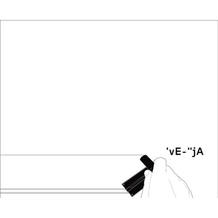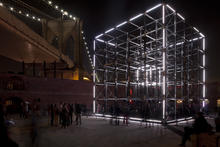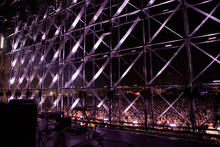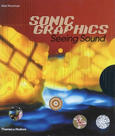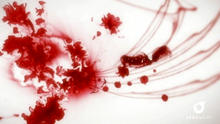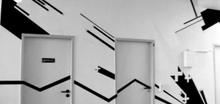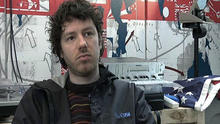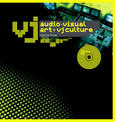Massive Attack World Tours
(2003-10)by United Visual Artists. The have created four world and festival tours for Massive Attack, the 100th Window Tour (2003) being the first.
United Visual Artists and Massive Attack have an ongoing artistic relationship. Up to date UVA have created four world and festival tours for the band, the 100th Window Tour (2003) being the first. This tour explored digital representations of information, using real-time news to create a ‘picture of now’. The 2004 festival tour showed a more focused, distilled version of the 2003 visuals, silhouetting the band and using lighting technology to display more abstract video content, which was a fairly new technique.
For United Visual Artists' third Massive Attack tour in 2006, a more organic, audio-responsive show was created. This was presented on a hemispherical screen made of ultra-bright beamer LEDs. UVA created a new stage set with a wide, sculptural LED screen as the centrepiece for the fourth tour in 2008. These visuals were the group’s most explicitly political yet. As with all previous tours, perfect synchronisation between the music and the visuals was made possible by UVA’s custom d3 software.
Source: United Visual Artists
Matt Clark: "We first met Massive Attack in 2003 after learning that they were looking for a new stage design for their 100th Window Tour. Robert Del Naja was looking for something visual that really communicated with the audience; he wasn’t interested in fluffy background textures or video, he wanted something that would make people think and feel. So together we came up with this super ambitious plan to base the show on information, real information that would change on a daily basis. The show explored digital representations of information, filtering real-time news, stock-market prices, spam emails, local travel information, realtime statistical data, virus alerts etc, all translated into 36 languages including Japanese! This created a ‘picture of now’ and put people in the moment, it was a very powerful show and still probably some of the best work we have produced. We went on to create more shows for Massive Attack, most of which have been smaller festival tours, and the stage design has to be far more compact and easier to construct because of time limitations. The most recent tour is more politically driven than the previous ones. Robert was into the idea of ‘sloganeering’, so we designed a very sculptural digital banner that he could add text treatments to as the tour progressed. At a show in Italy recently, Robert used a story that was about the deaths of young people in Police custody, and a screenshot of this went up on an Italian left-wing bloggers site and Massive Attack got a call from the Italian police saying that if they came back to Italy, they were not allowed to use this information or else they would be arrested. So it can be a far-reaching medium."
Source: Mas Context
